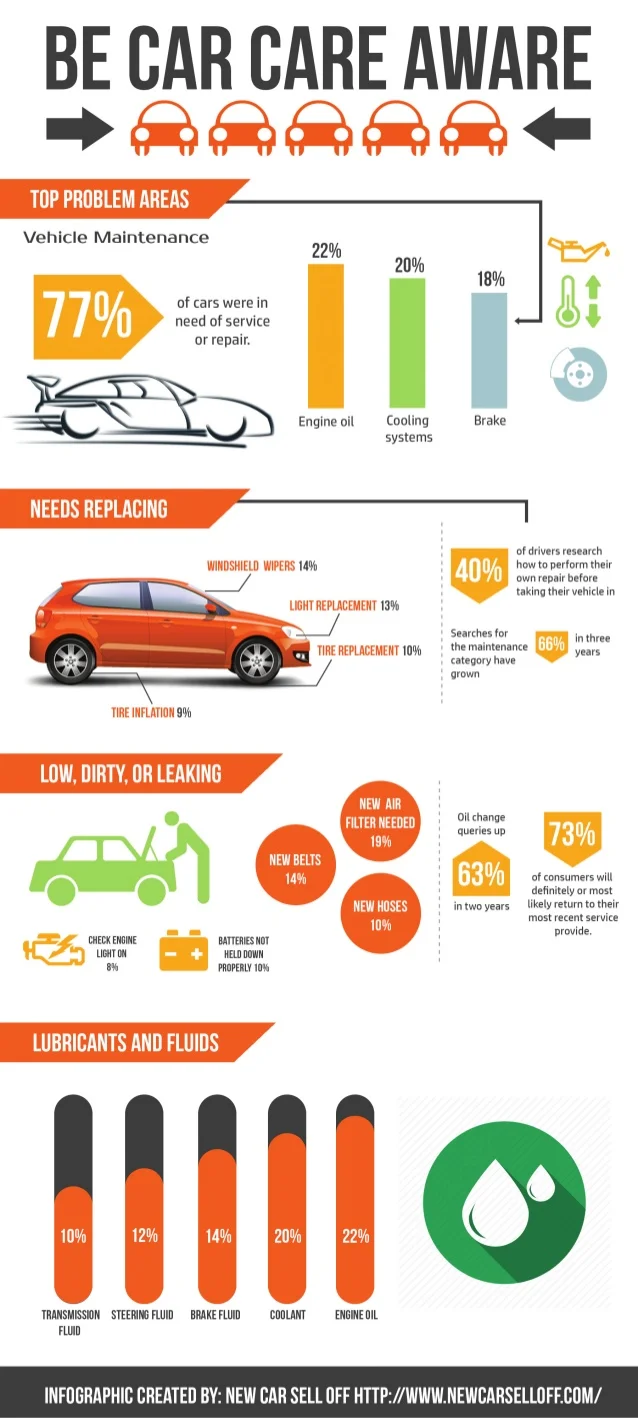Gain Insight Into The Dashboard Caution Lights In Your Car To Understand Their Effects On Your Vehicle'S Health And Safety And Security
Gain Insight Into The Dashboard Caution Lights In Your Car To Understand Their Effects On Your Vehicle'S Health And Safety And Security
Blog Article
Short Article By-Hernandez Bishop
When you're behind the wheel, those beautiful warning lights on your dashboard can be a bit perplexing. Do you know what they're attempting to inform you concerning your automobile's health and wellness? Understanding the relevance of these lights is crucial for your safety and security and the long life of your automobile. So, the next time among those lights pops up, wouldn't you want to analyze its message accurately and take the essential actions to resolve it?
Common Warning Lighting and Interpretations
Recognize common caution lights in your automobile and recognize their definitions to make sure safe driving.
The most typical warning lights include the check engine light, which indicates issues with the engine or discharges system. If this light comes on, it's critical to have your lorry checked without delay.
The oil pressure cautioning light shows low oil pressure, needing instant attention to prevent engine damages.
A flashing battery light may recommend a damaged charging system, potentially leaving you stranded if not attended to.
The tire stress surveillance system (TPMS) light informs you to reduced tire stress, impacting automobile stability and gas effectiveness. Ignoring https://brakeservicenearme17395.ziblogs.com/27789299/interested-to-learn-what-distinguishes-a-trusted-automobile-service-center-from-the-remainder could bring about unsafe driving problems.
The abdominal light suggests a trouble with the anti-lock stopping system, compromising your capability to stop quickly in emergencies.
Lastly, the coolant temperature level alerting light warns of engine overheating, which can result in severe damage otherwise resolved swiftly.
Recognizing these usual warning lights will help you address concerns without delay and keep secure driving problems.
Importance of Prompt Attention
Understanding the common warning lights in your vehicle is just the initial step; the significance of quickly attending to these warnings can't be emphasized enough to ensure your safety and security when traveling.
When a caution light brightens on your control panel, it's your car's method of interacting a possible concern that needs interest. Overlooking these cautions can lead to more extreme troubles in the future, jeopardizing your safety and possibly costing you more in repairs.
Trigger focus to alerting lights can protect against malfunctions and mishaps. For instance, a blinking check engine light might indicate a misfire that, if left neglected, could trigger damage to the catalytic converter. Addressing this promptly can save you from an expensive repair.
In a similar way, a brake system warning light might signal low brake liquid or worn brake pads, important elements for your safety when driving.
DIY Troubleshooting Tips
If you notice a caution light on your dashboard, there are a couple of do it yourself repairing suggestions you can attempt before looking for expert aid.
The primary step is to consult your automobile's manual to understand what the details caution light suggests. Sometimes the issue can be as basic as a loose gas cap causing the check engine light. Tightening the gas cap may fix the issue.
An additional typical concern is a reduced battery, which can cause numerous cautioning lights. Examining the battery links for deterioration and ensuring they're safe and secure could take care of the trouble.
If a caution light lingers, you can attempt resetting it by disconnecting the automobile's battery for a few mins and after that reconnecting it. Furthermore, examining your vehicle's liquid levels, such as oil, coolant, and brake fluid, can help troubleshoot warning lights associated with these systems.
Final thought
To conclude, recognizing your auto's caution lights is vital for maintaining your vehicle running efficiently and securely. By without delay dealing with these alerts and understanding what they imply, you can avoid expensive repairs and potential breakdowns.
Remember to consult go to website for specific details on each advising light and do something about it accordingly to make sure a trouble-free driving experience.
Remain educated, remain safe on the road!
